Understanding GSM in Fabrics: What It Means and Why It Matters

When you shop for clothes or fabric, you might notice terms like “160 GSM” or “120 GSM” on the label. But what do they actually mean? For many people, GSM sounds like a technical term, but it’s simply a way to understand how thick, durable, and comfortable a fabric is.
In this guide, we’ll break down what GSM means, how it’s measured, why it matters for different types of fabrics, and how you can use it to make smarter shopping decisions.
What Is GSM in Fabric?
GSM stands for Grams per Square Meter — a unit that measures the weight or density of fabric.
In simple terms:
GSM tells you how heavy or thick a fabric is by measuring the weight of one square meter in grams.
The higher the GSM number, the heavier and thicker the fabric will feel.
The lower the GSM, the lighter and airier the fabric will be.
Example:
-
A 100 GSM linen or cotton fabric feels light and breathable — perfect for summer dresses or shirts.
-
A 300 GSM fabric feels dense and warm — ideal for jackets, pants, or upholstery.
Why GSM Matters
Understanding GSM helps you judge quality and purpose before you even touch the fabric.
Here’s why GSM matters:
-
Comfort: It affects how the fabric feels against your skin — light GSM for breathable comfort, high GSM for cozy warmth.
-
Durability: Higher GSM fabrics generally last longer and resist wear and tear.
-
Drape & Flow: Lightweight fabrics have a soft, flowing drape, while heavy fabrics hold structure.
-
Usage Decision: GSM helps you decide if a fabric is better suited for summer wear, winter outfits, or home décor.
When you understand GSM, you make purchases that align with both comfort and longevity — two key values at the heart of sustainable fashion.
How GSM Is Measured
Fabric manufacturers measure GSM by weighing a sample of fabric (usually 100 cm² or 1 m²).
Here’s how it’s done:
- A small, exact-sized fabric sample is cut.
- The sample is weighed on a precision digital scale.
- The result is multiplied or adjusted to represent grams per one square meter.
This scientific approach ensures consistency — so when you read “150 GSM,” you know exactly what that means, regardless of where the fabric was made.
Common GSM Ranges and Typical Uses
Here’s a simple reference chart for understanding fabric weight categories:
|
GSM Range |
Fabric Weight |
Typical Use |
|
70–120 GSM |
Light weight |
Summer shirts, scarves, dresses, linings |
|
130–170 GSM |
Medium light |
Everyday shirts, blouses, skirts |
|
180–250 GSM |
Medium weight |
Linen pants, light jackets, structured dresses |
|
260–350 GSM |
Heavy weight |
Coats, trousers, upholstery, winter wear |
|
400+ GSM |
Very heavy |
Outerwear, canvas, denim, heavy blankets |
Keep in mind — GSM is not about “better or worse.” A 100 GSM linen shirt can be just as high-quality as a 300 GSM linen jacket.
The right GSM depends entirely on intended use and comfort preferences.
GSM vs Thread Count: What’s the Difference?
Many people confuse GSM with thread count, but they measure very different things.
|
Metric |
Measures |
Used For |
|
GSM |
Weight (grams per square meter) |
All types of fabrics |
|
Thread Count |
Number of threads per square inch |
Mainly for woven cotton fabrics like bedsheets |
Thread count focuses on texture and smoothness, while GSM focuses on weight and density.
For natural fabrics like linen, GSM gives a more accurate understanding of quality and use.
GSM in Natural Fabrics like Linen and Cotton
Natural fibers such as linen and cotton vary widely in GSM depending on their weave and finish.
For example:
-
Linen between 120–180 GSM is perfect for shirts and dresses — lightweight, breathable, and soft.
-
Heavier linen (200–250 GSM) works beautifully for trousers, blazers, or home textiles.
Because linen is naturally breathable, even higher GSM linen feels comfortable in warm climates. That’s why at [Kuttons], we use European Flax® certified linen with GSMs carefully selected for both comfort and durability — ensuring garments drape beautifully while lasting for years.
Learn more about our fabrics here: [About Our European Linen →]
How GSM Affects Fabric Feel and Function
Let’s look at how GSM influences different characteristics of your clothing:
Breathability
Lightweight fabrics (under 150 GSM) allow more airflow, ideal for summer clothing or tropical regions.
Durability
Medium to heavy fabrics (180+ GSM) handle repeated washes and movement better, making them perfect for long-lasting everyday wear.
Opacity
Higher GSM usually means less transparency, which is key for white or pastel-colored garments.
Structure & Style
Designers often choose GSM based on how they want a garment to fall — flowy or structured. For example, a light GSM linen dress moves with the breeze, while a high GSM linen jacket maintains its tailored shape.
How to Choose the Right GSM for Your Wardrobe
When buying clothes or fabrics, consider these points:
-
Climate: Warm regions → lighter GSM; cooler regions → heavier GSM.
- Occasion: Everyday wear or travel → 120–180 GSM; formal or structured outfits → 200+ GSM.
- Lifestyle: If you prefer low-maintenance, wrinkle-resistant clothing, choose mid-GSM linen (around 160–180).
- Longevity: Heavier GSMs are more durable but might feel less airy.
If you’re shopping for linen clothing online, checking GSM helps you understand exactly what you’re buying — even before touching the fabric.
For a closer look at how to care for your linen garments, visit [Explore our Product Care Guide →]
GSM and Sustainability
Fabric GSM also influences sustainability and resource use.
-
Lightweight fabrics use less raw material, lowering production impact.
-
Heavy fabrics, while more durable, require more fibers and energy to produce.
At Kuttons, balance is key — we select GSMs that offer long-term durability without unnecessary weight, promoting conscious consumption and mindful wardrobe choices.
Summary
To sum up, GSM (grams per square meter) is a simple yet powerful way to understand fabric weight, feel, and function.
-
Lower GSM → Light, breathable, airy (great for summer wear).
-
Higher GSM → Dense, structured, durable (ideal for cooler climates).
It’s not just about thickness — it’s about choosing the right balance between comfort, longevity, and sustainability.
When you next explore fabrics or shop online, pay attention to GSM — it’s your guide to understanding how a fabric will perform and feel.
Discover timeless pieces crafted from carefully balanced European linen GSM weights at Kuttons.
FAQs
1. What does GSM mean in simple terms?
GSM stands for grams per square meter, a measurement that tells you how heavy or dense a fabric is. A higher GSM means a thicker, heavier fabric; a lower GSM means a lighter, airier one.
2. Is higher GSM always better quality?
Not necessarily. High GSM fabrics are more durable and structured, but low GSM fabrics are softer and more breathable. The “best” GSM depends on the intended use.
3. What GSM is good for summer clothing?
Light to medium fabrics, between 120–180 GSM, are ideal for warm weather — especially natural fibers like linen and cotton.
4. What is a good GSM for linen dresses?
For elegant, breathable dresses, 130–180 GSM linen works beautifully — soft yet durable, with a natural drape and comfort suitable for year-round wear.
Products on Sale
- Regular Price
- from $46.00
- Sale Price
- from $46.00
- Regular Price
-
$76.00
- Unit Price
- per
- Regular Price
- $199.00
- Sale Price
- $199.00
- Regular Price
-
$278.00
- Unit Price
- per
- Regular Price
- $134.00
- Sale Price
- $134.00
- Regular Price
-
$148.00
- Unit Price
- per
- Regular Price
- $109.00
- Sale Price
- $109.00
- Regular Price
-
$142.00
- Unit Price
- per
- Regular Price
- $159.00
- Sale Price
- $159.00
- Regular Price
-
$196.00
- Unit Price
- per
- Regular Price
- $49.00
- Sale Price
- $49.00
- Regular Price
-
$52.00
- Unit Price
- per
- Regular Price
- $22.00
- Sale Price
- $22.00
- Regular Price
-
$26.00
- Unit Price
- per
- Regular Price
- $30.00
- Sale Price
- $30.00
- Regular Price
-
$37.00
- Unit Price
- per
- Regular Price
- $134.00
- Sale Price
- $134.00
- Regular Price
-
$170.00
- Unit Price
- per
- Regular Price
- $74.00
- Sale Price
- $74.00
- Regular Price
-
$78.00
- Unit Price
- per
- Regular Price
- $46.00
- Sale Price
- $46.00
- Regular Price
-
$56.00
- Unit Price
- per
- Regular Price
- $99.00
- Sale Price
- $99.00
- Regular Price
-
$125.00
- Unit Price
- per
- Regular Price
- $99.00
- Sale Price
- $99.00
- Regular Price
-
$92.00
- Unit Price
- per
- Regular Price
- $56.00
- Sale Price
- $56.00
- Regular Price
-
$52.00
- Unit Price
- per
- Regular Price
- $56.00
- Sale Price
- $56.00
- Regular Price
-
$52.00
- Unit Price
- per
- Regular Price
- $56.00
- Sale Price
- $56.00
- Regular Price
-
$52.00
- Unit Price
- per
- Regular Price
- $128.00
- Sale Price
- $128.00
- Regular Price
-
$145.00
- Unit Price
- per
- Regular Price
- $69.00
- Sale Price
- $69.00
- Regular Price
-
$95.00
- Unit Price
- per

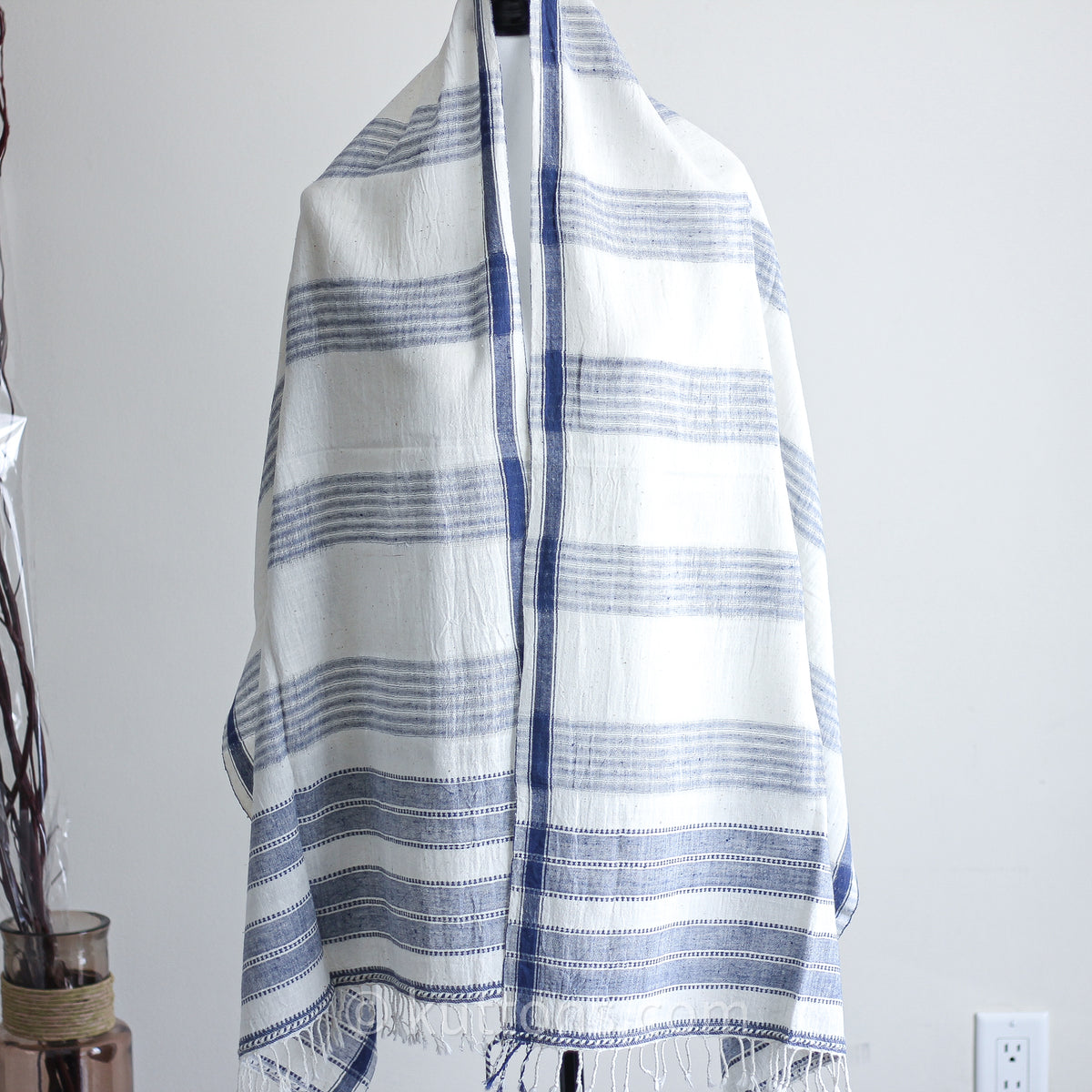
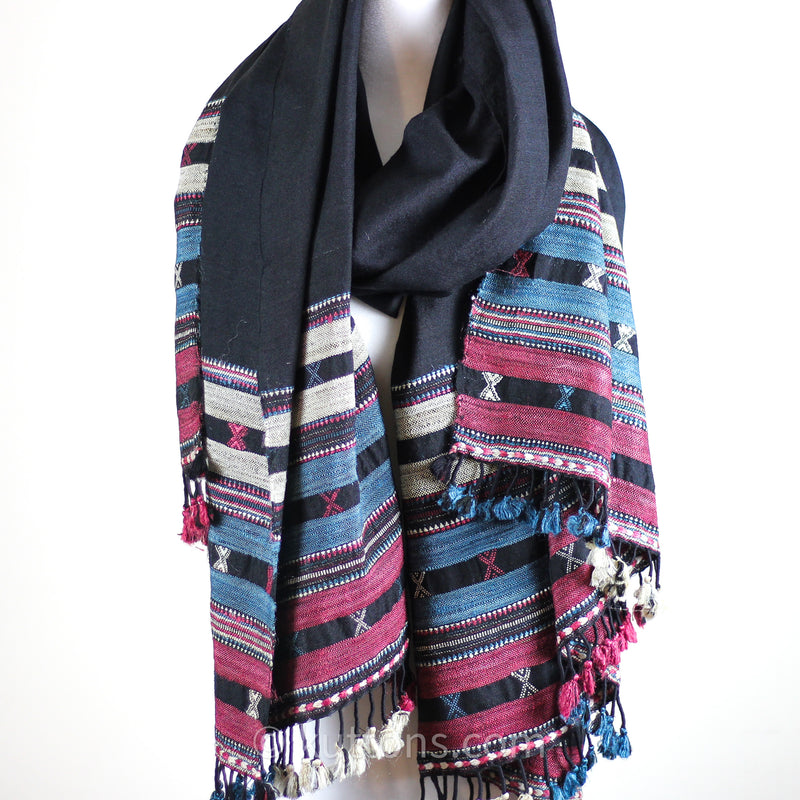
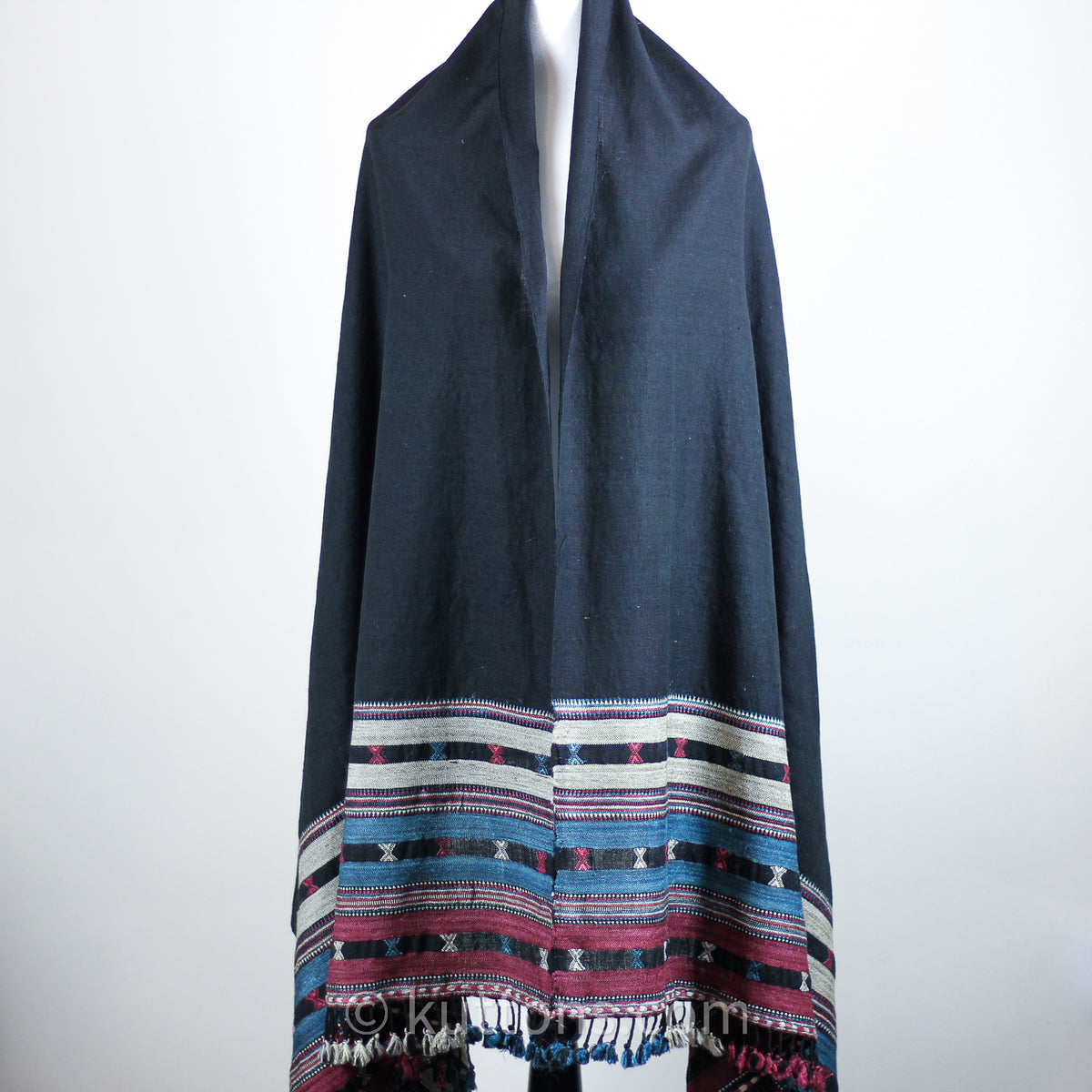
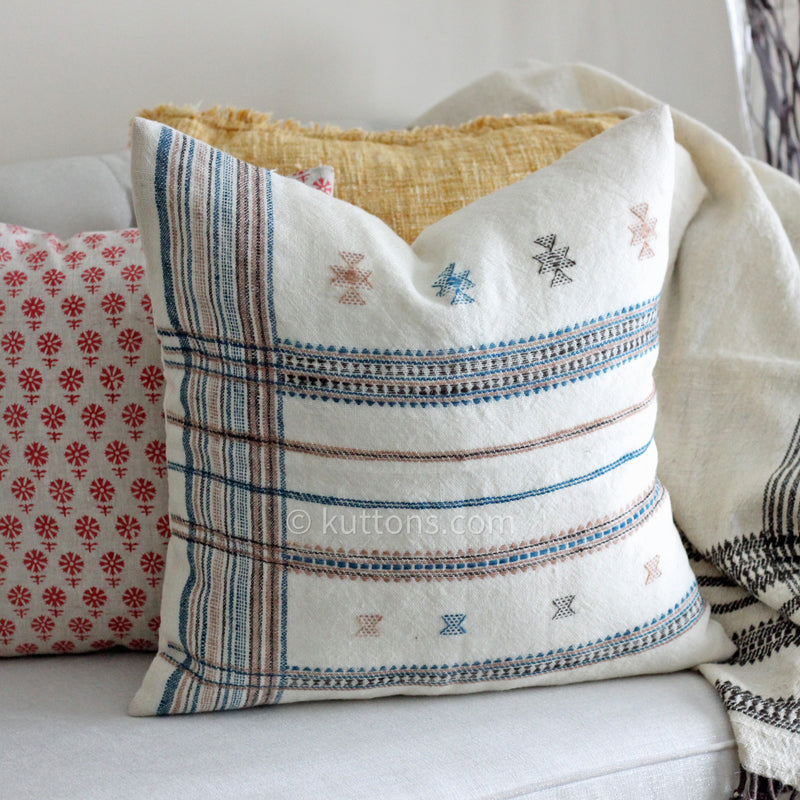

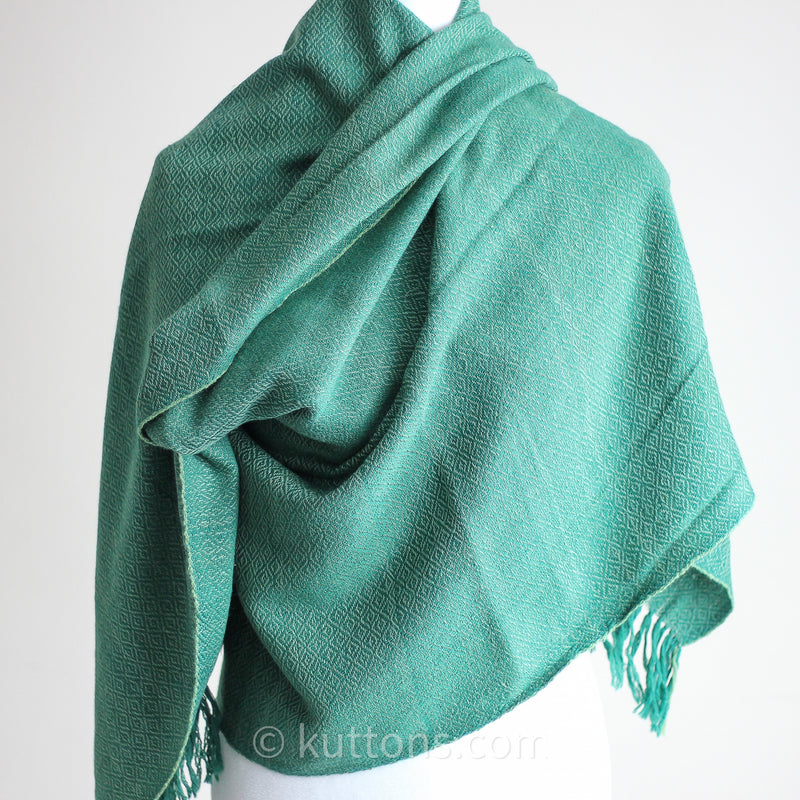

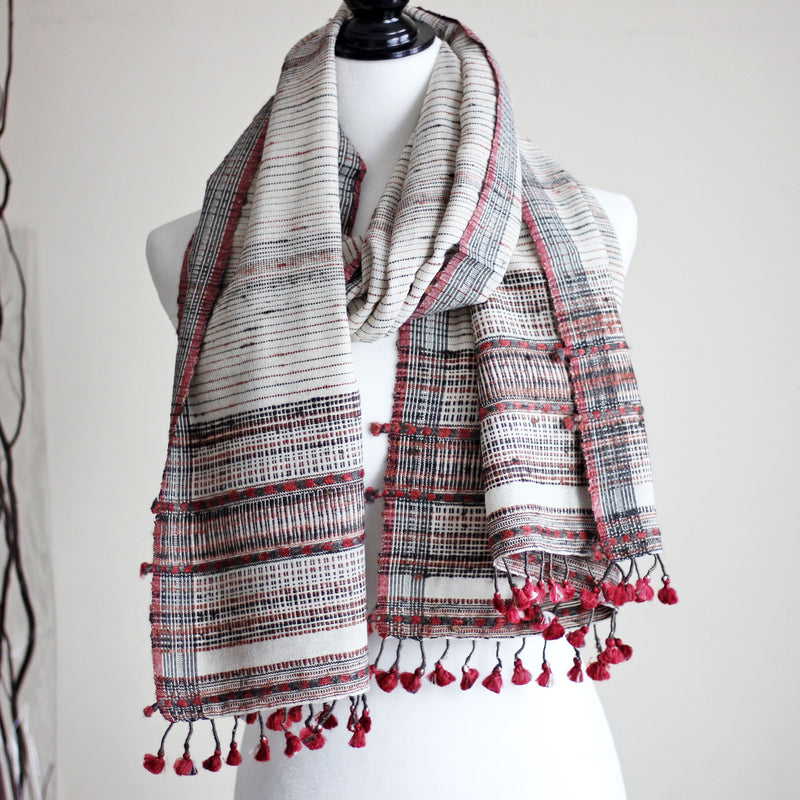
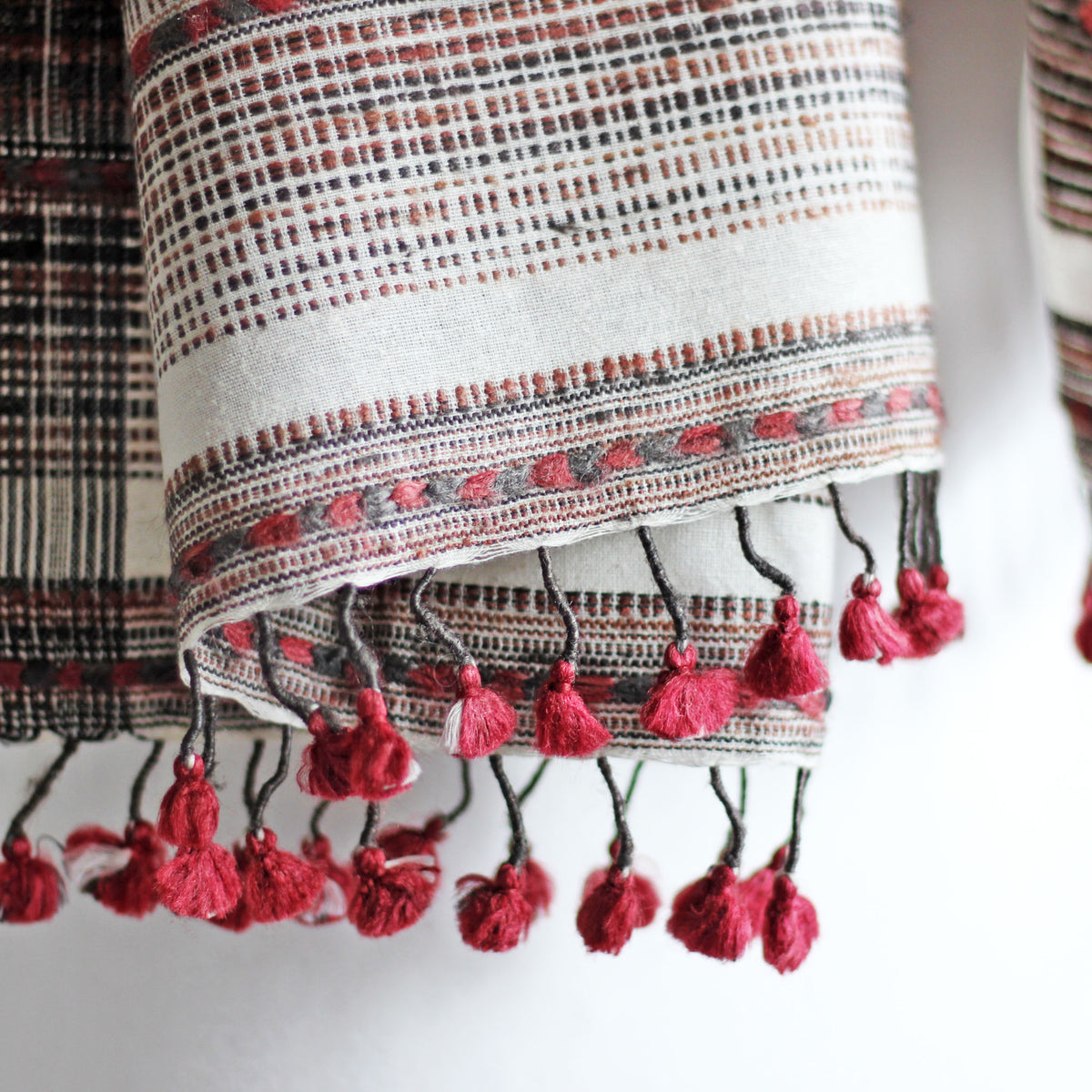
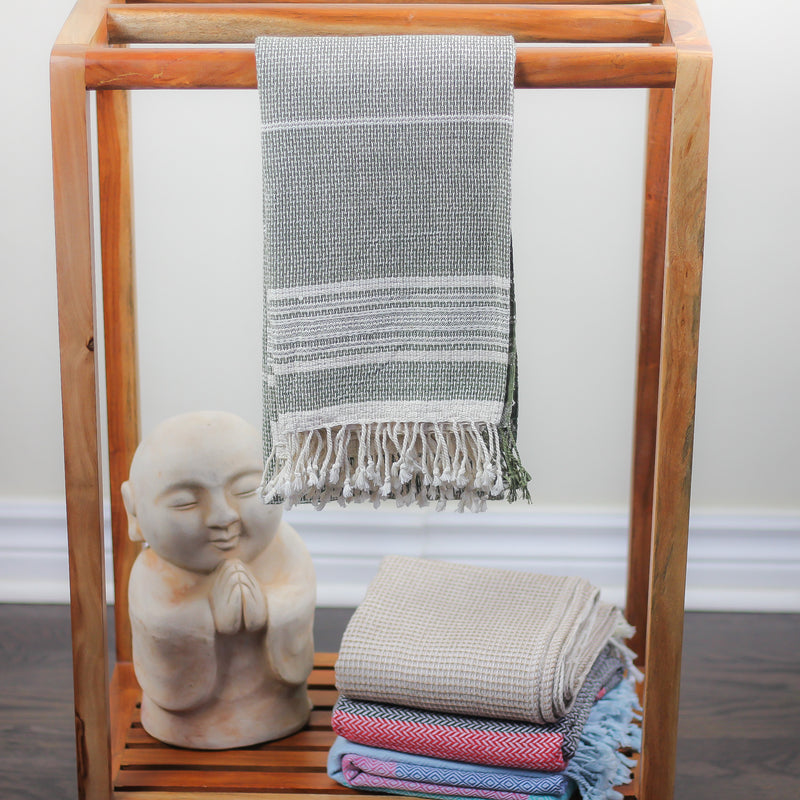

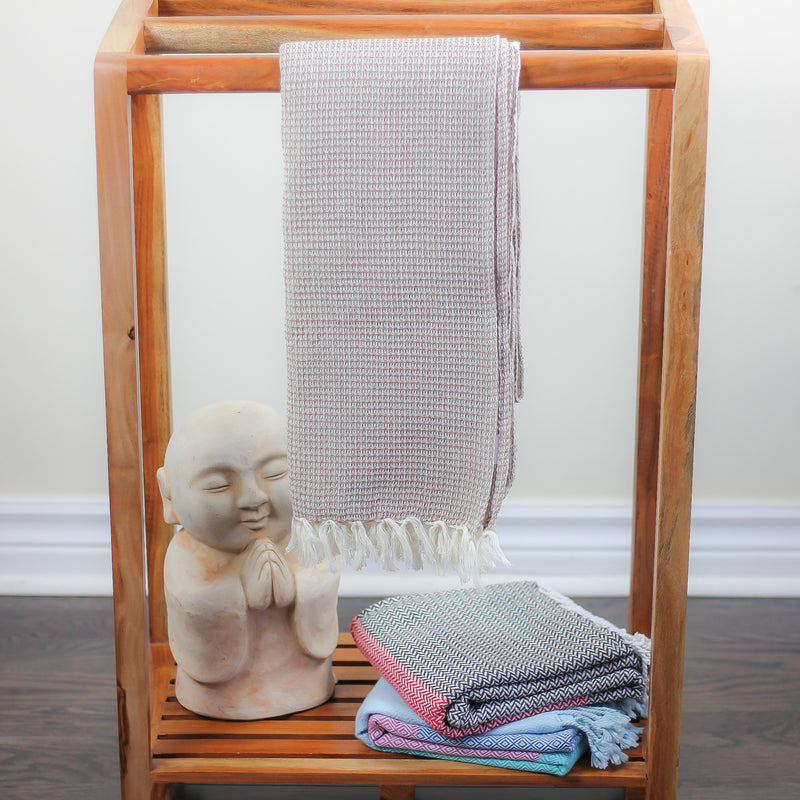
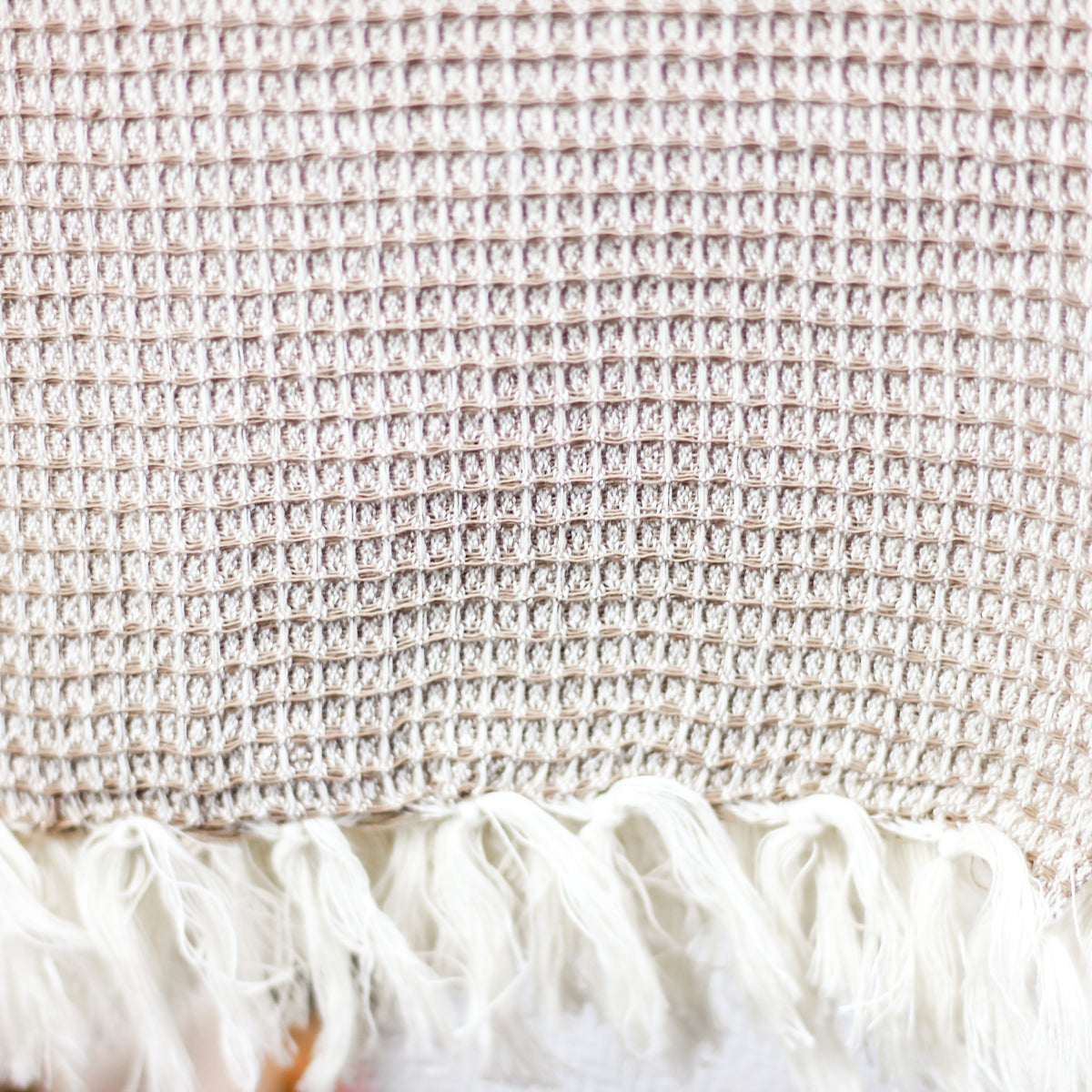

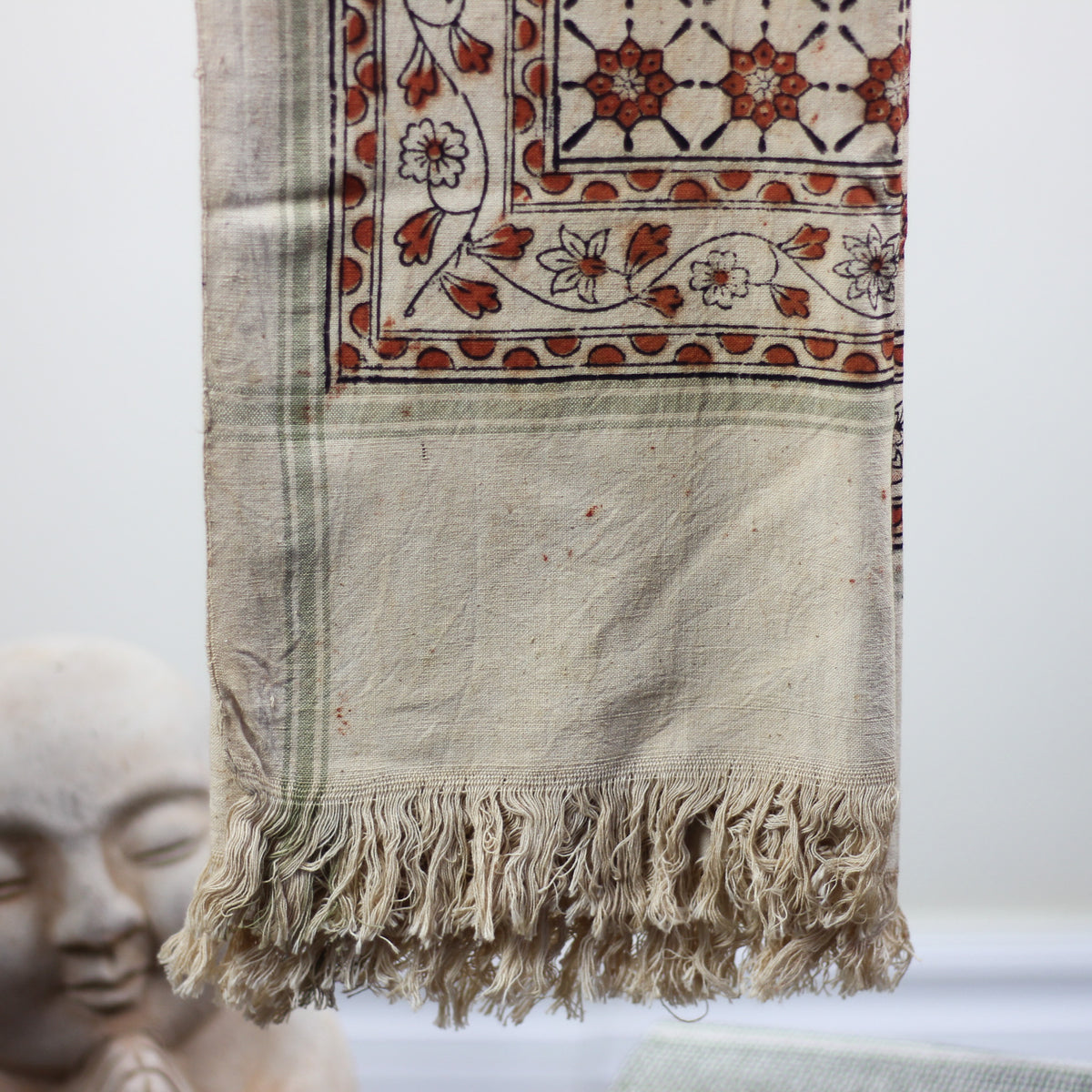
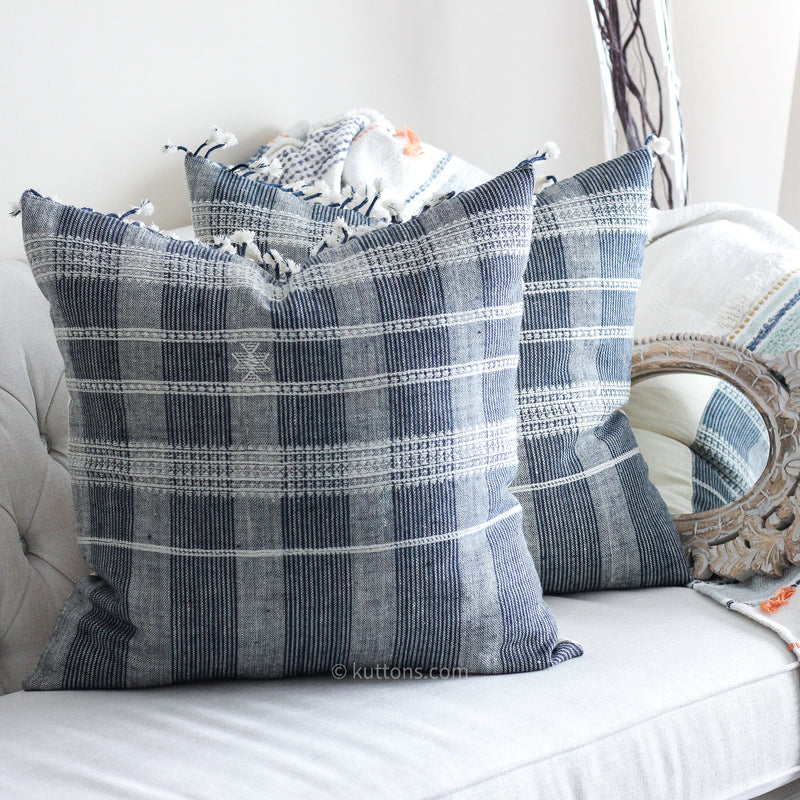

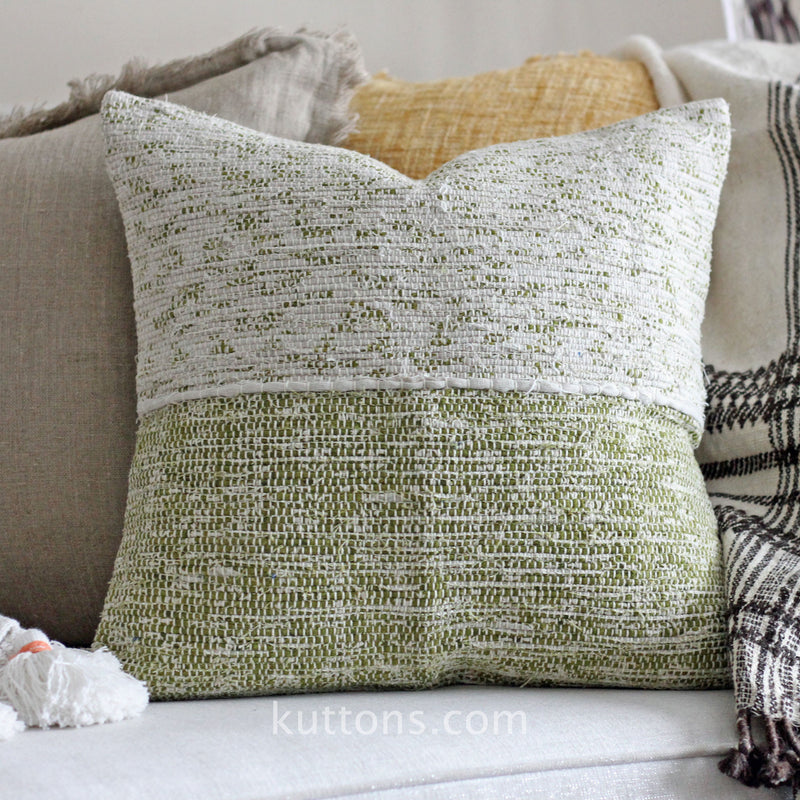
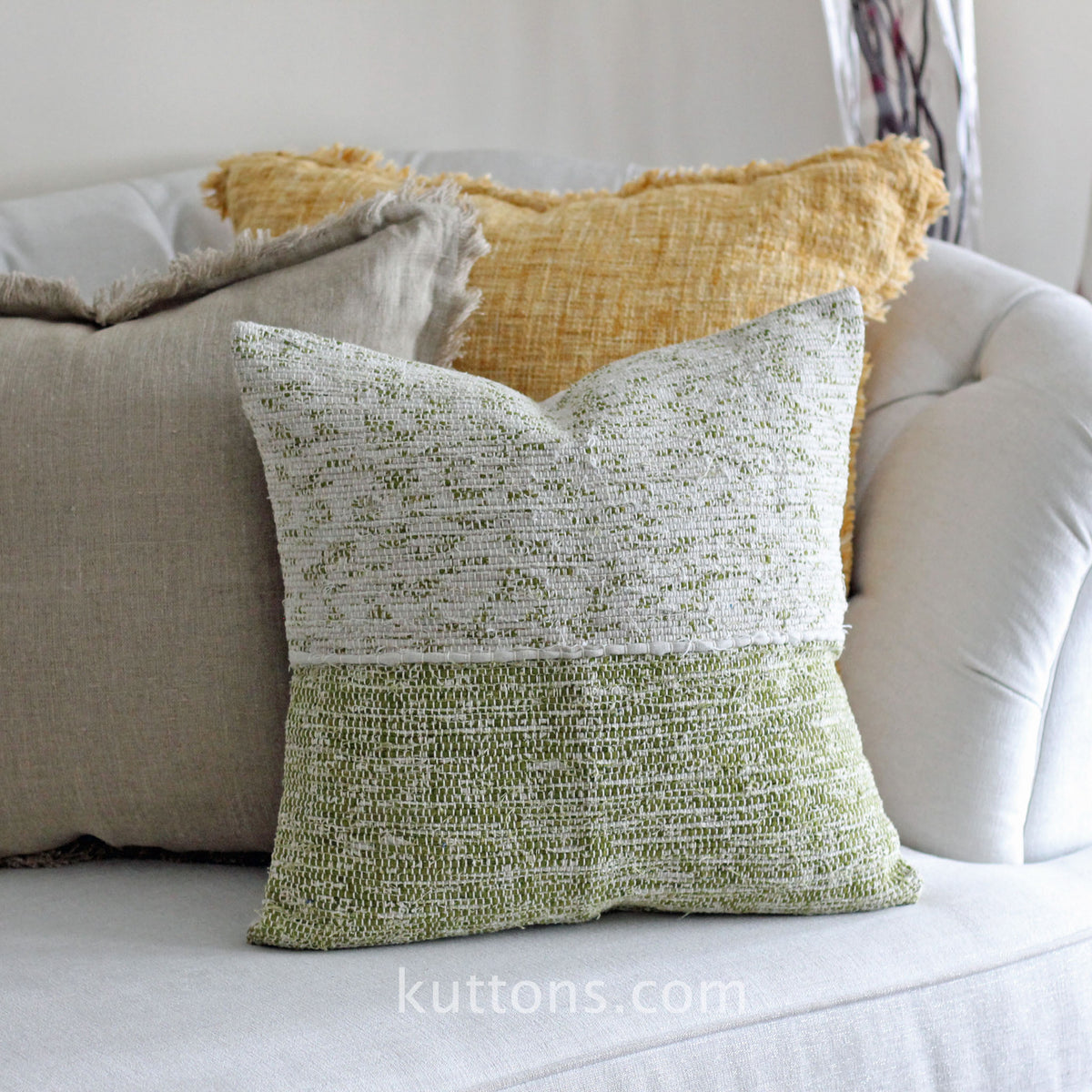
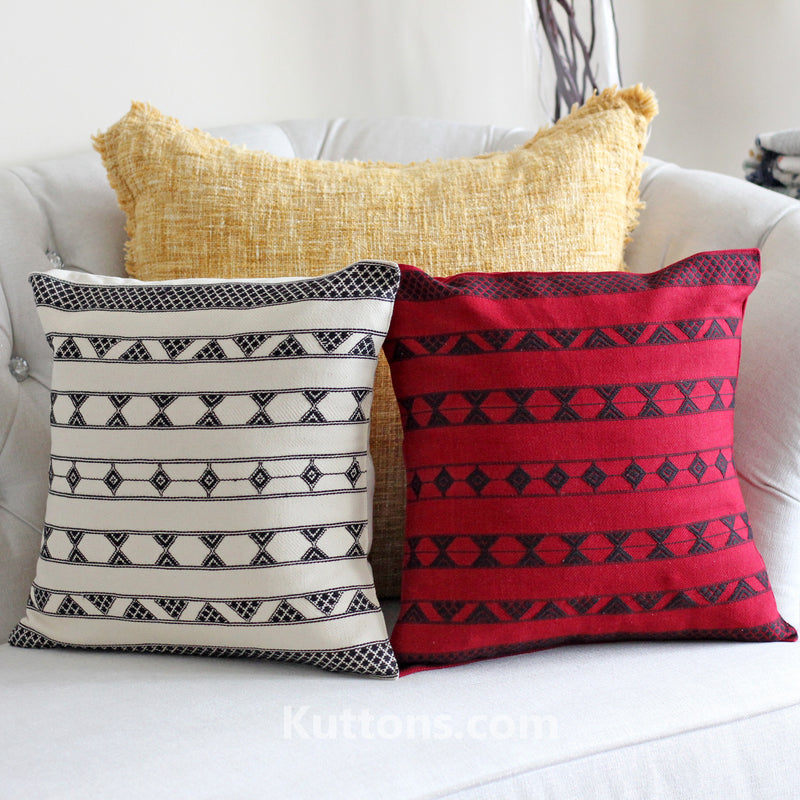
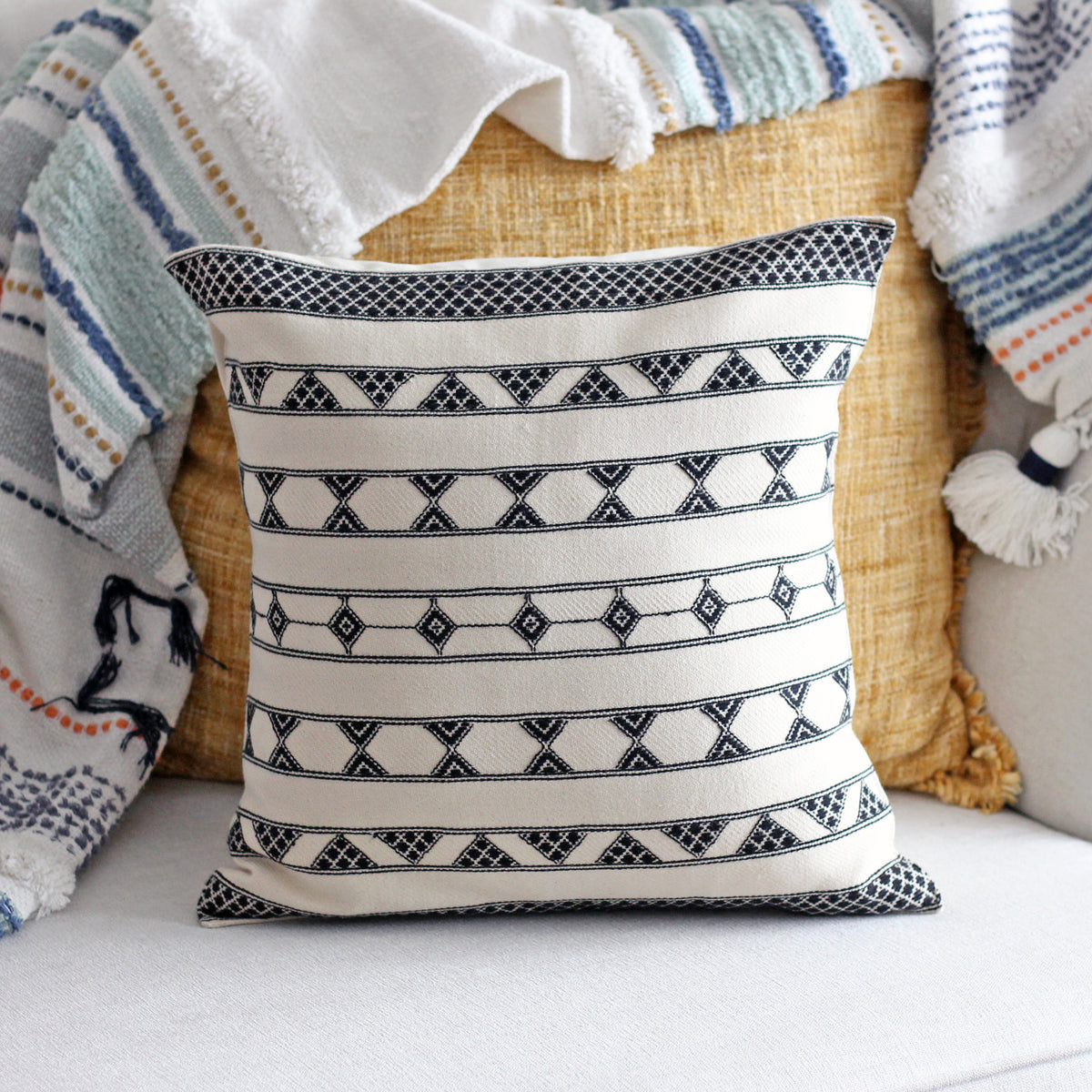
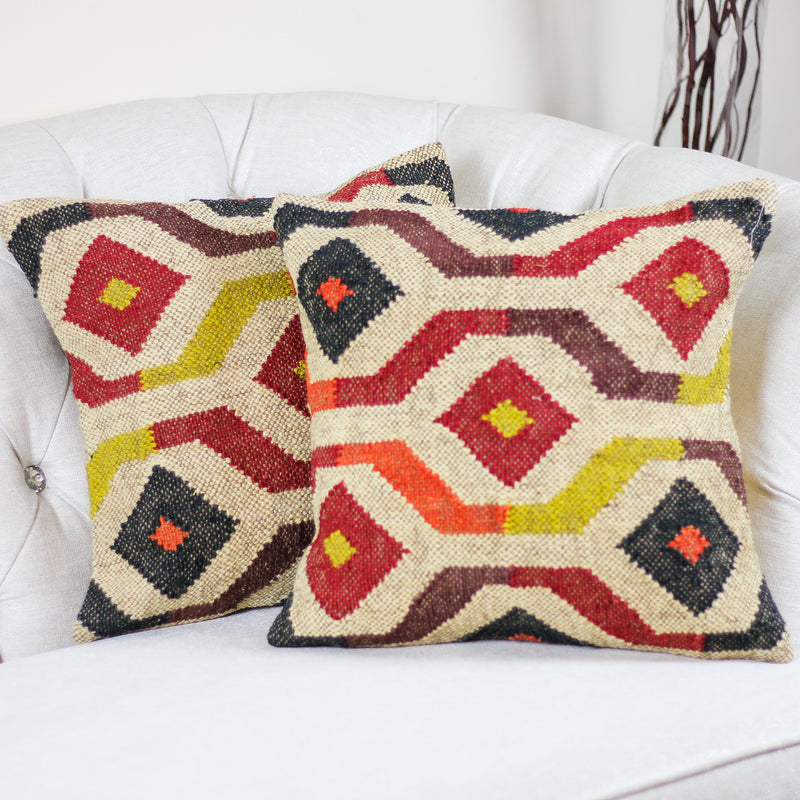
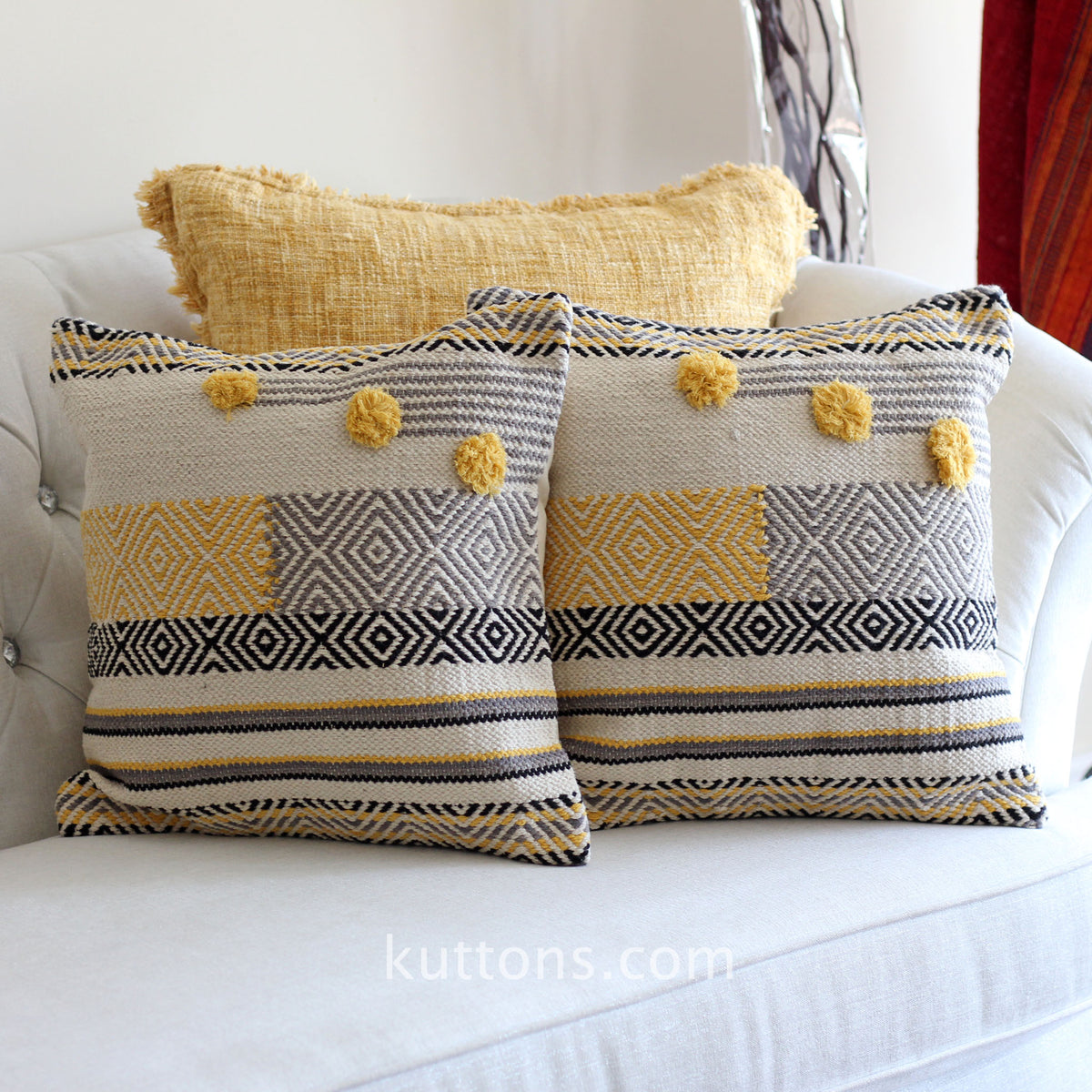


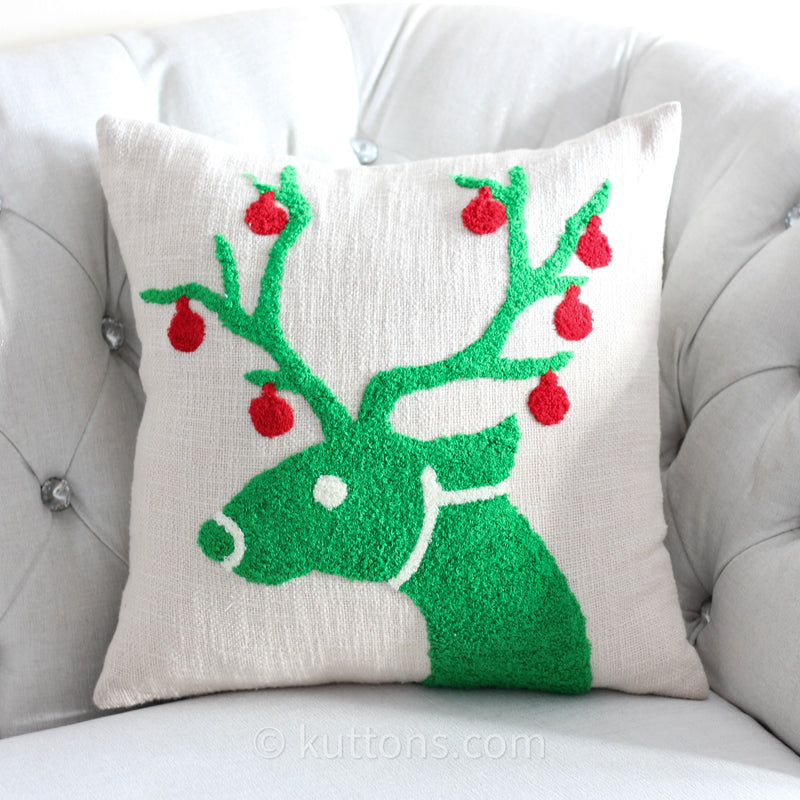
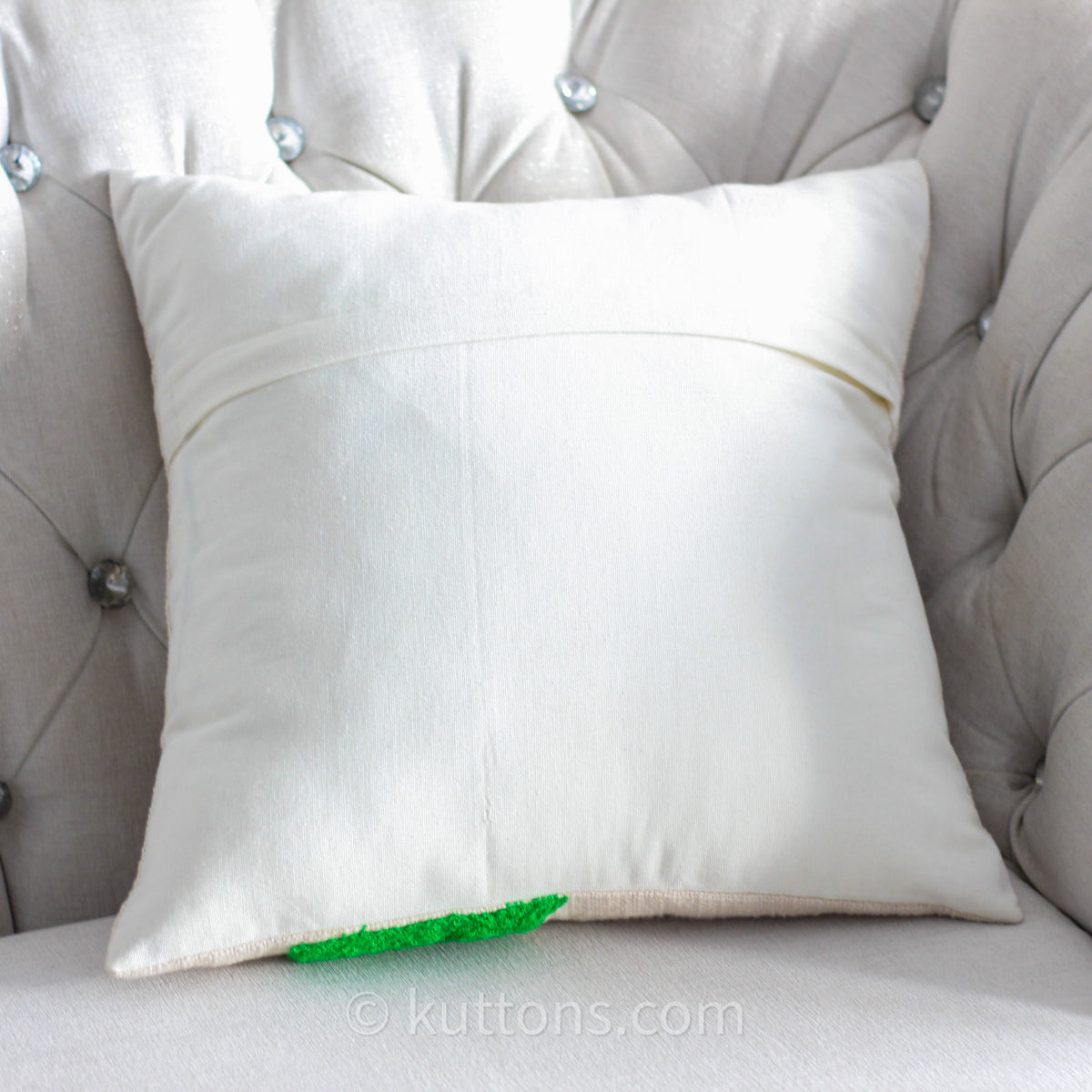
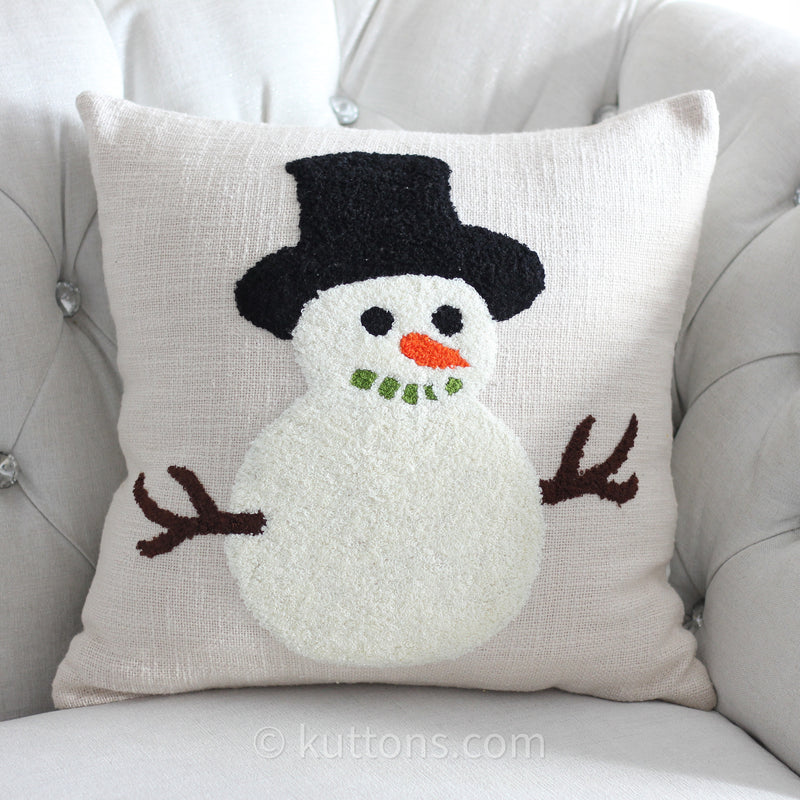
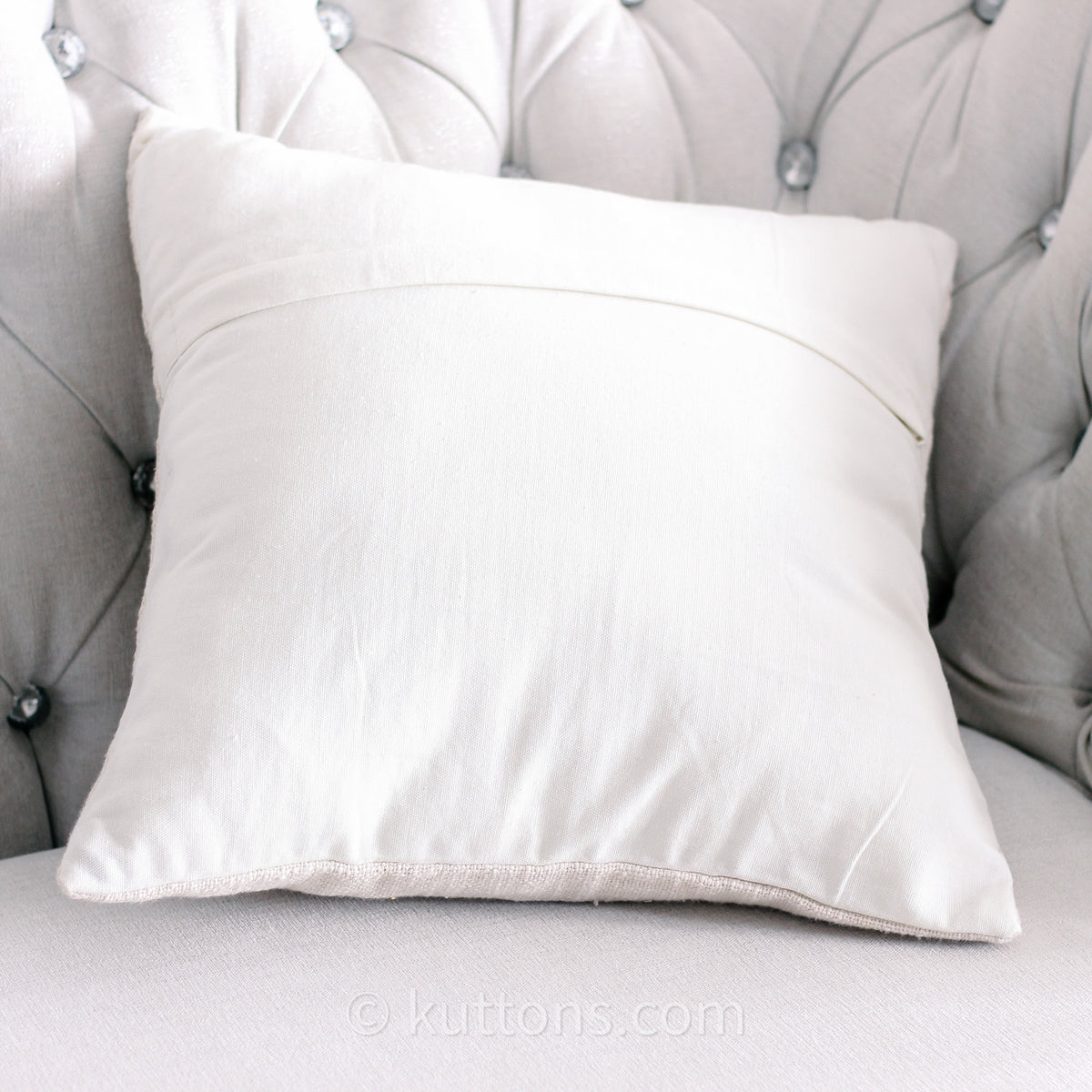
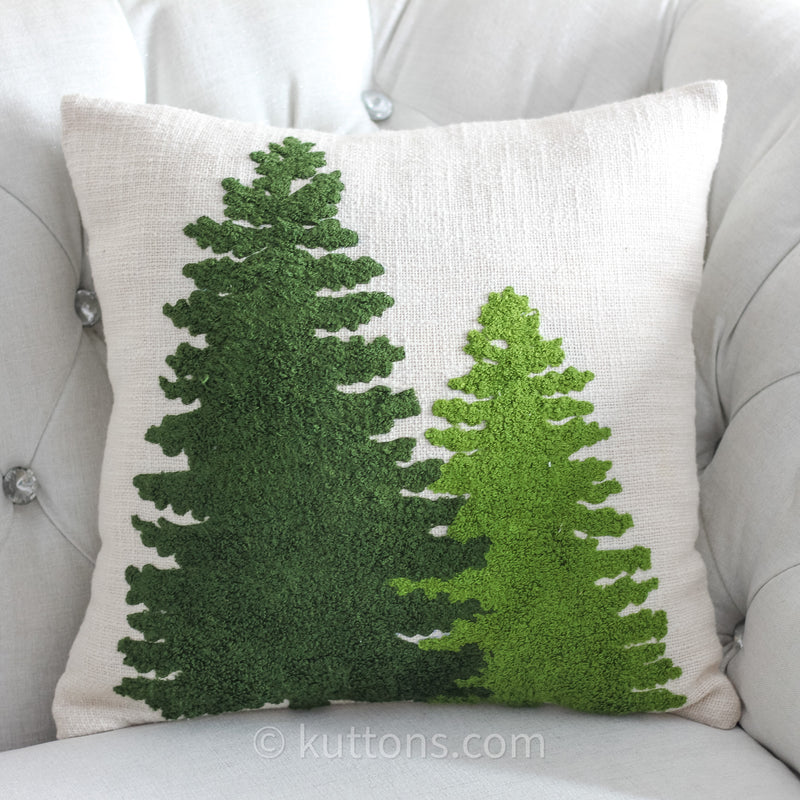
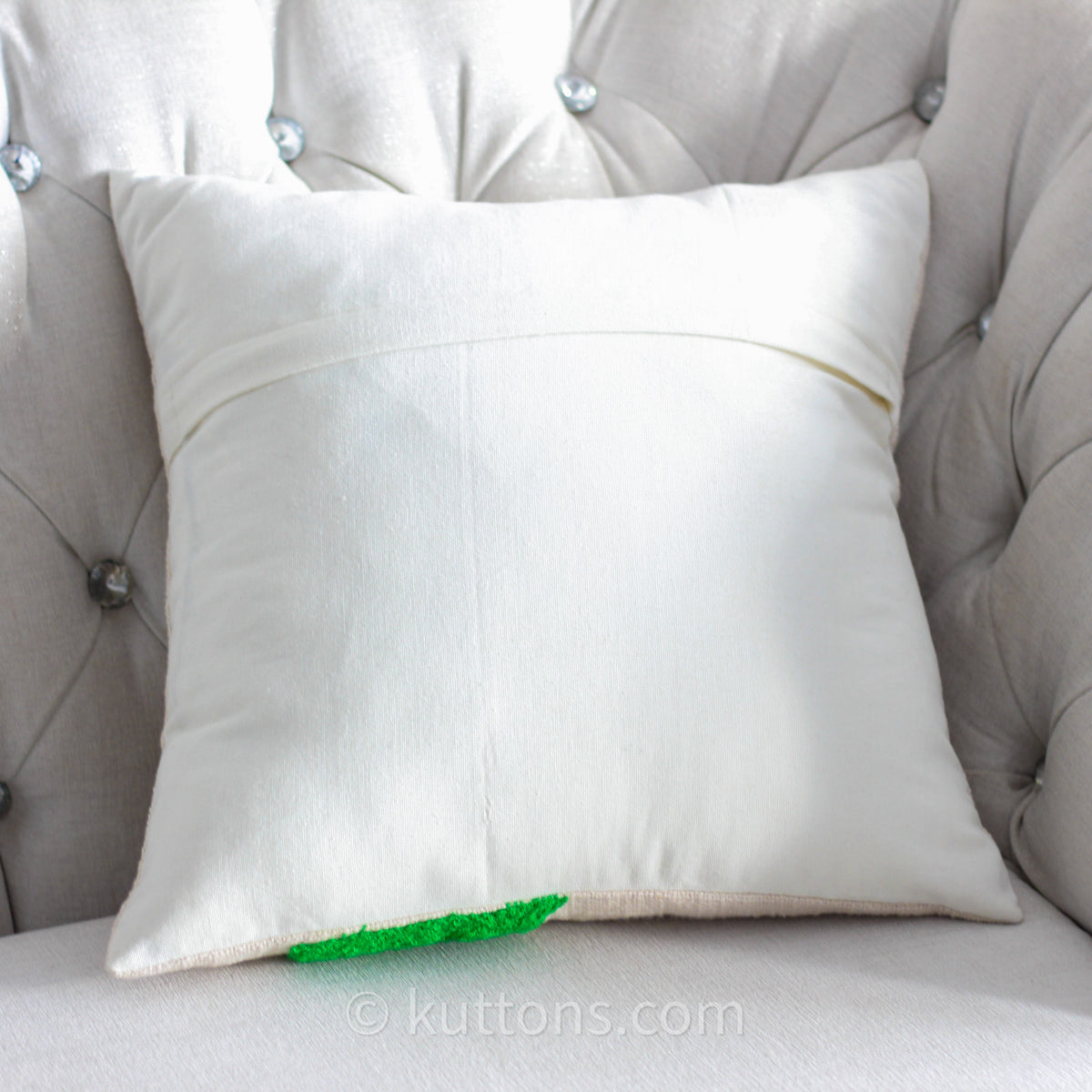
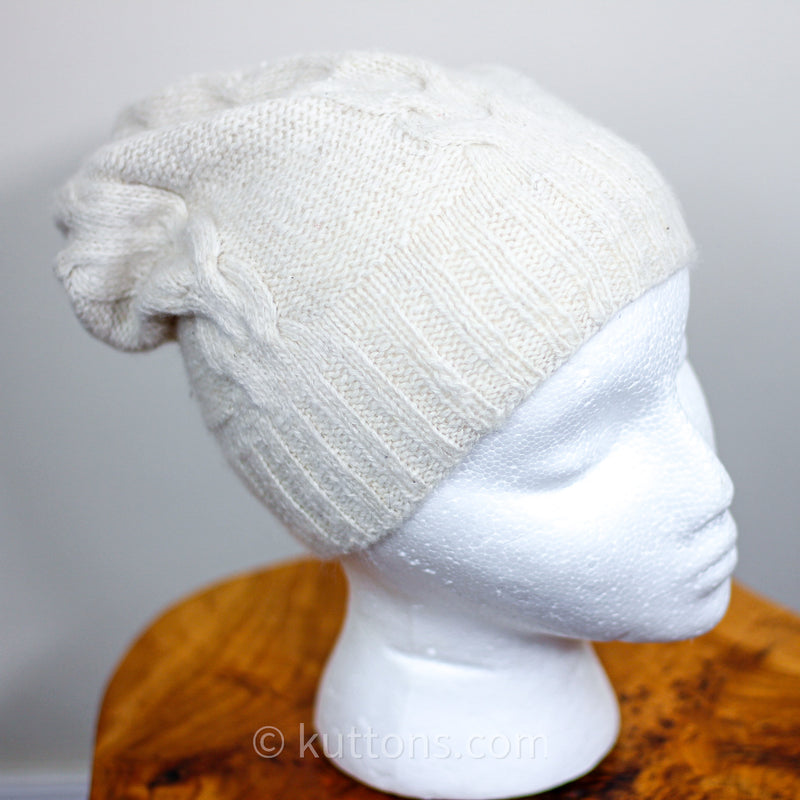
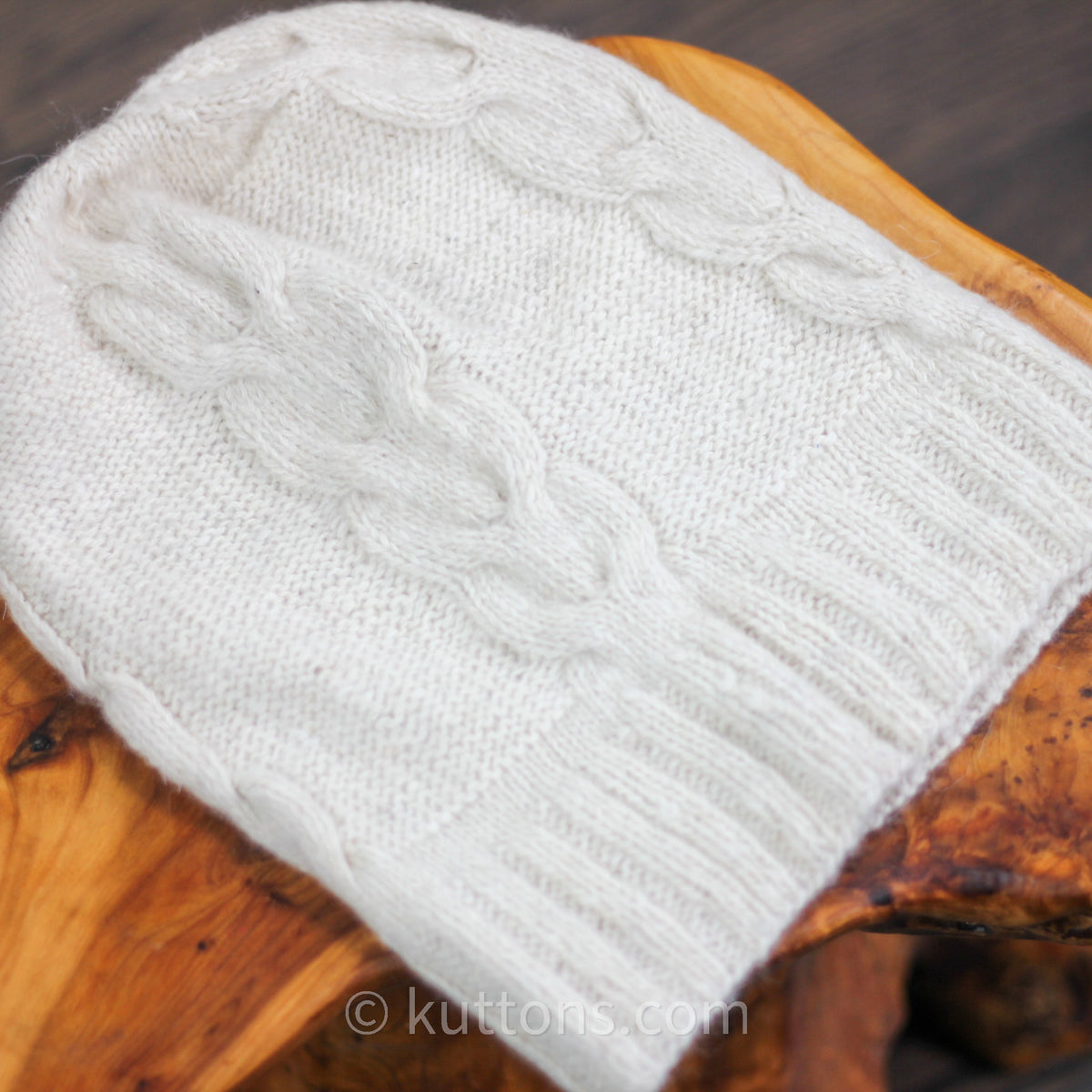

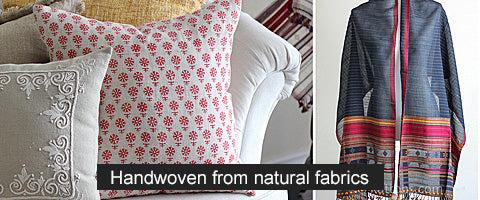
0 comments